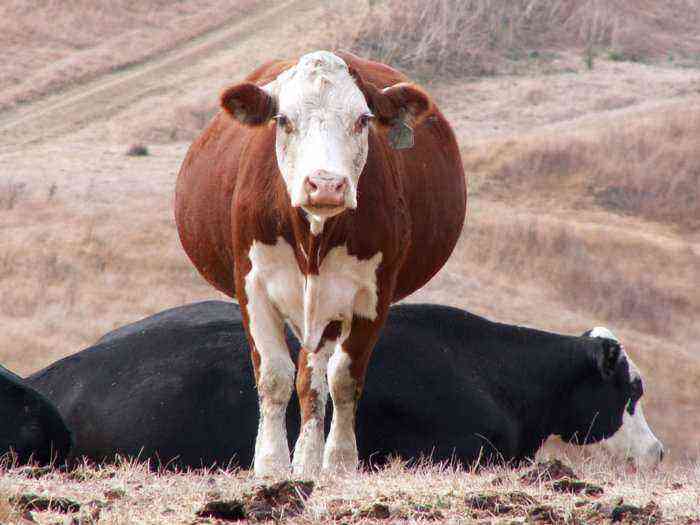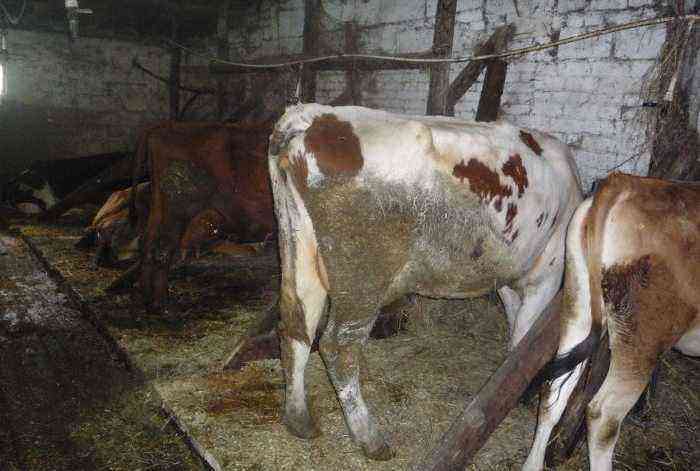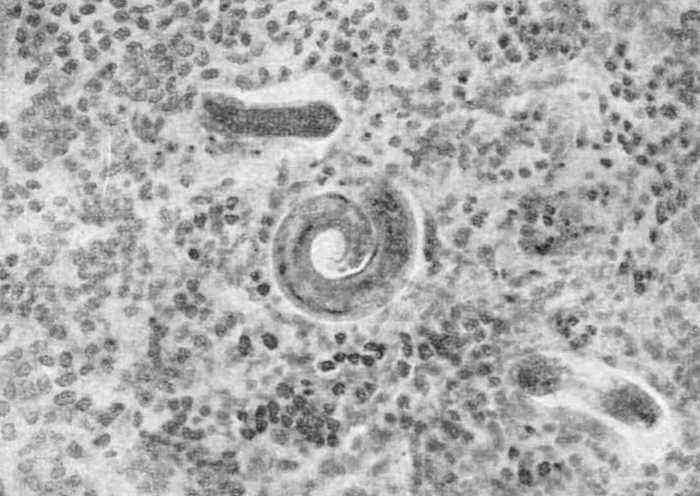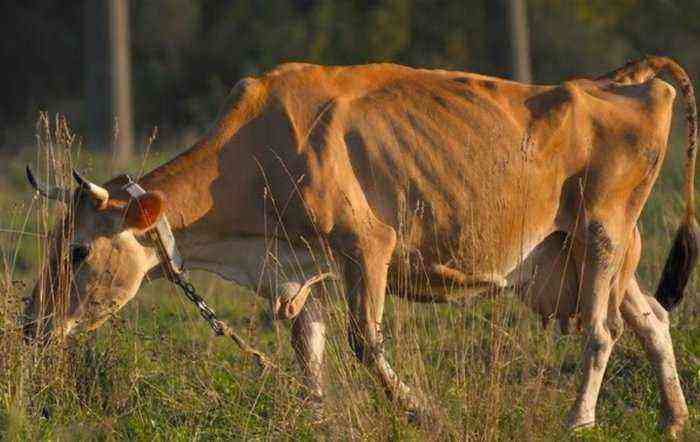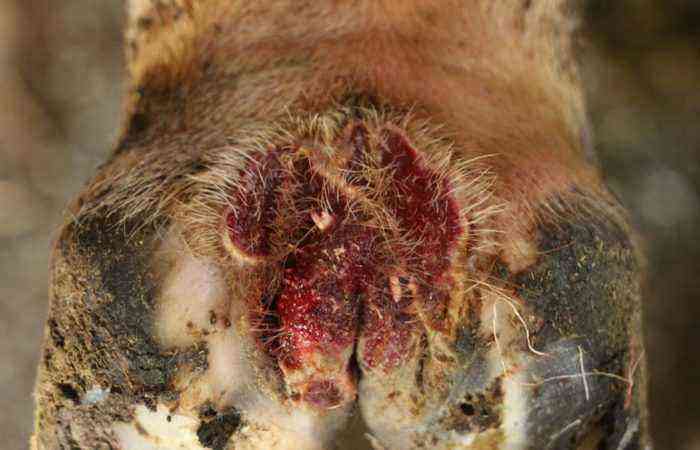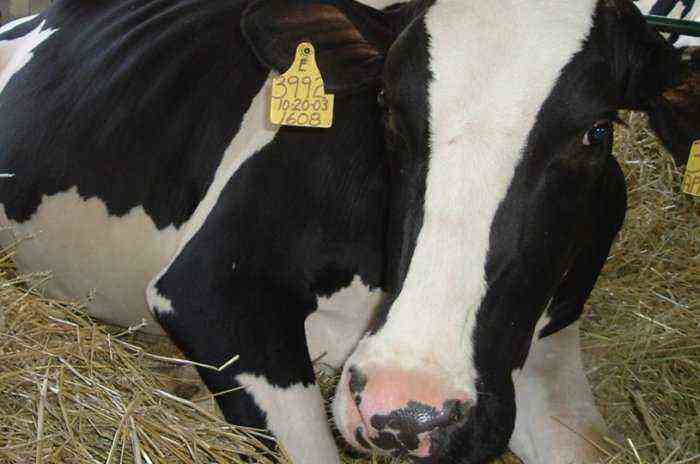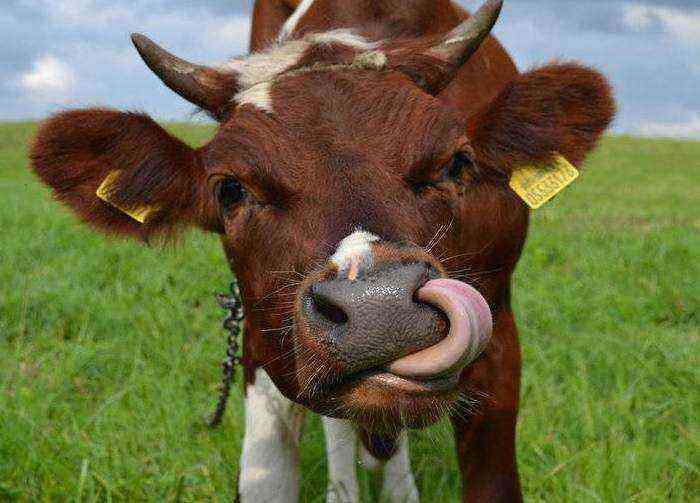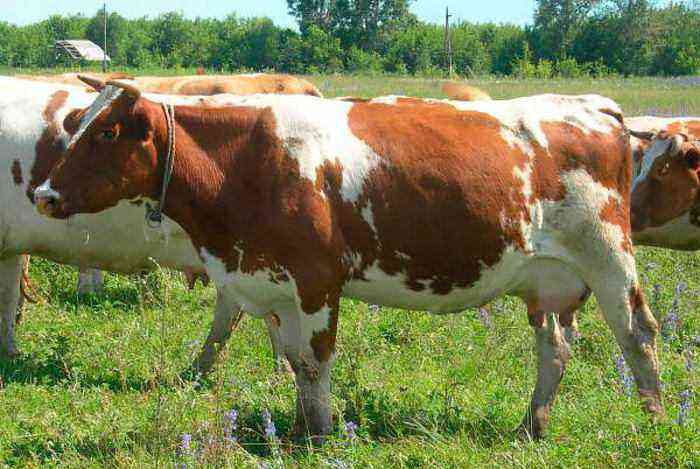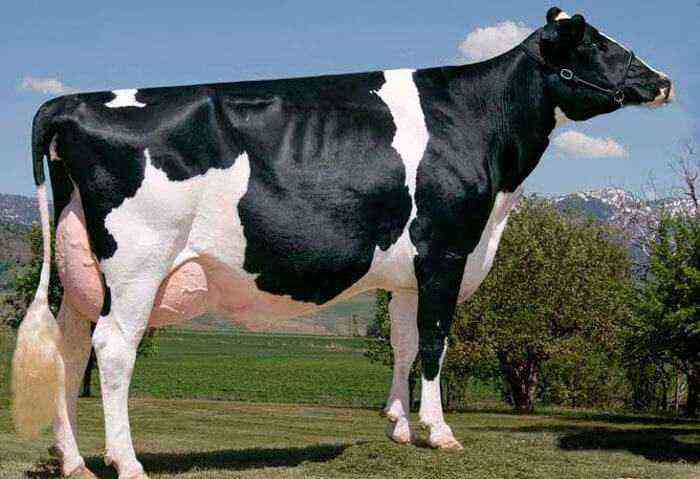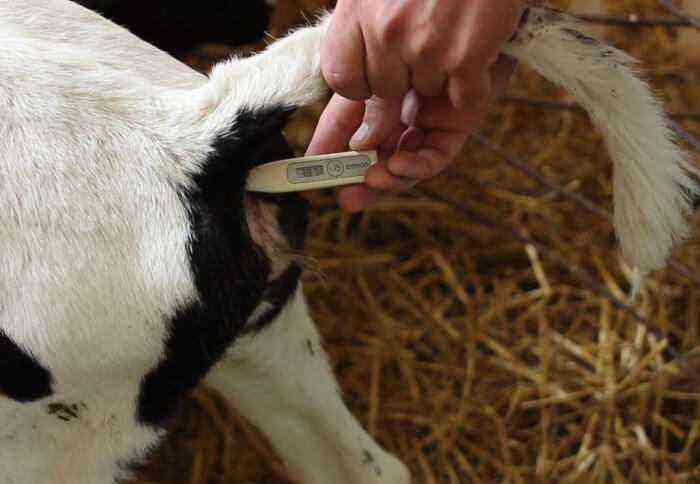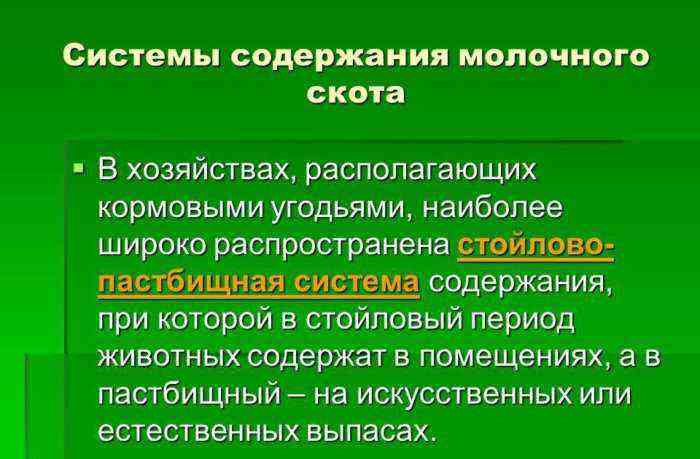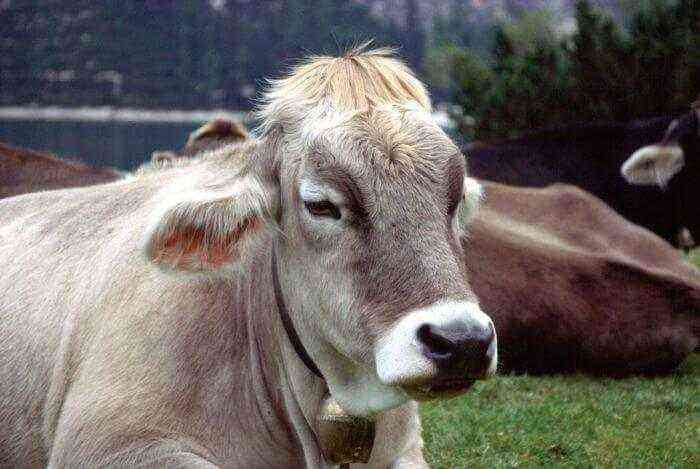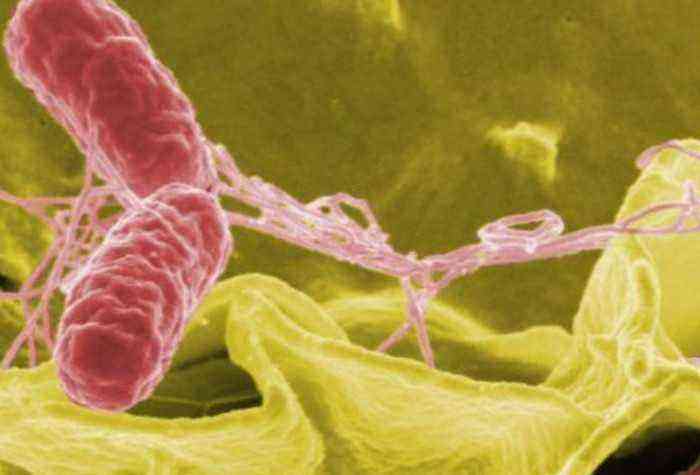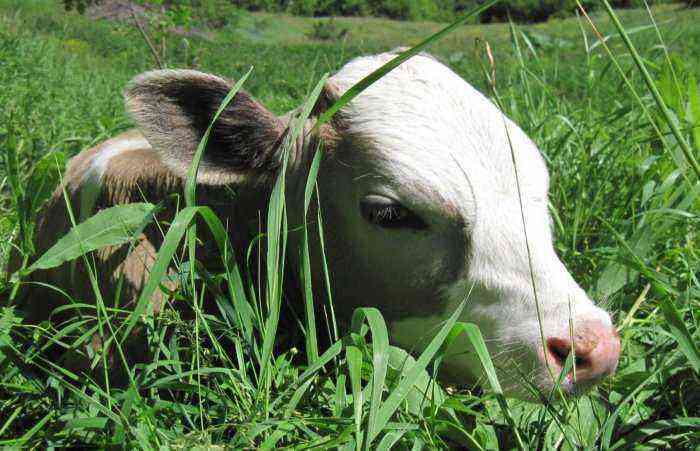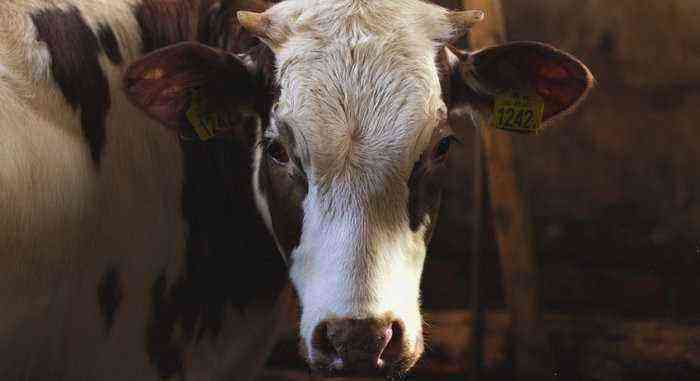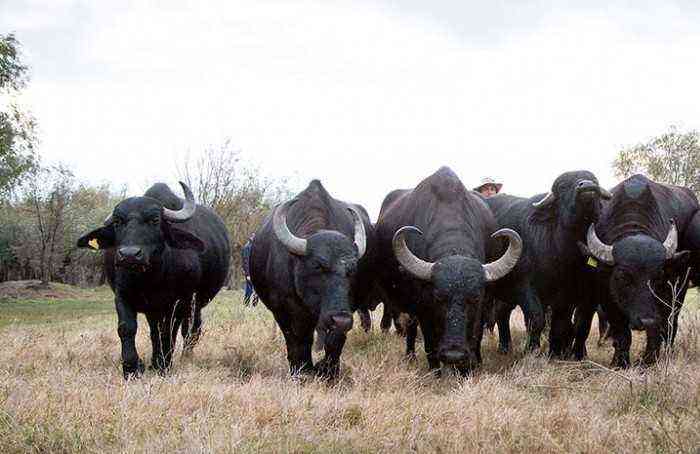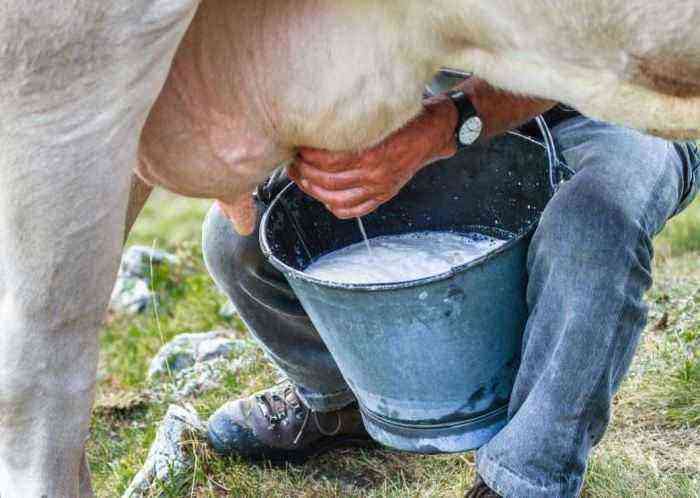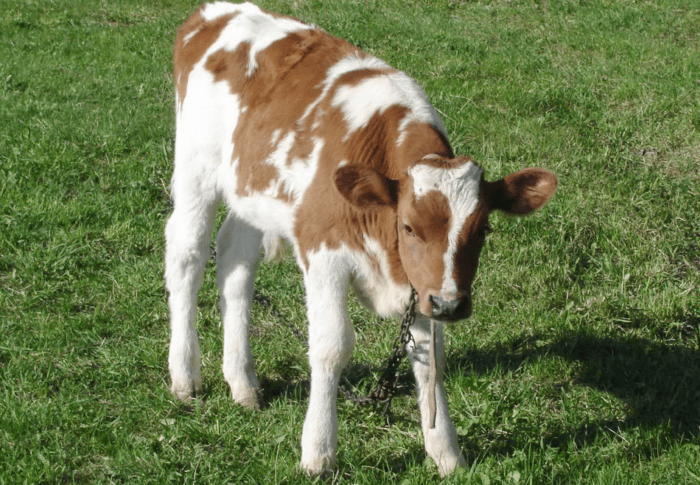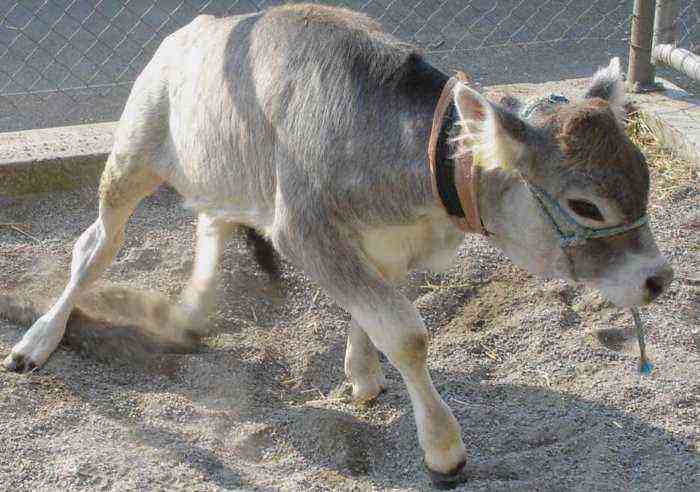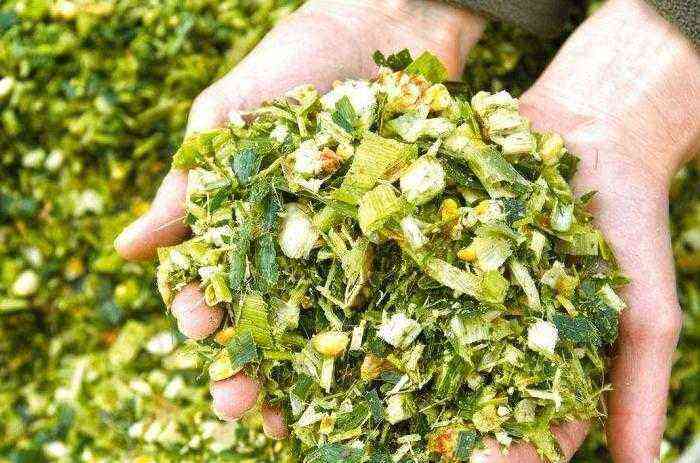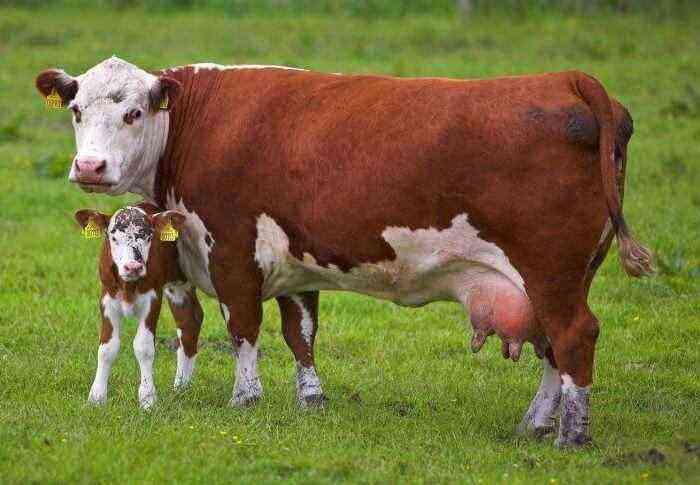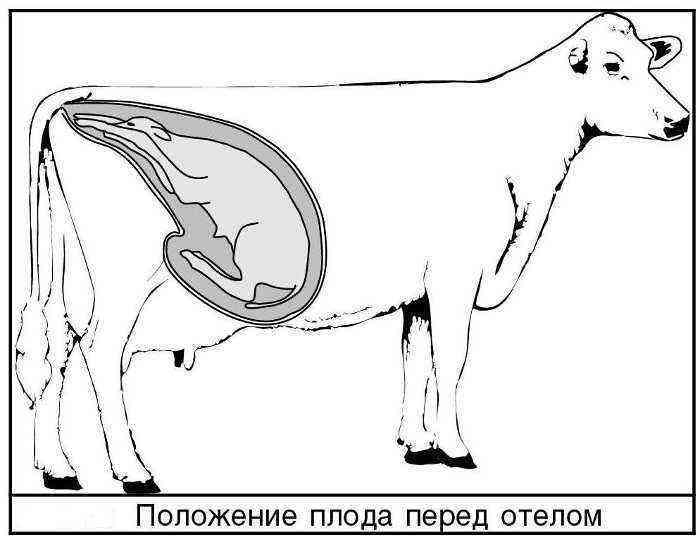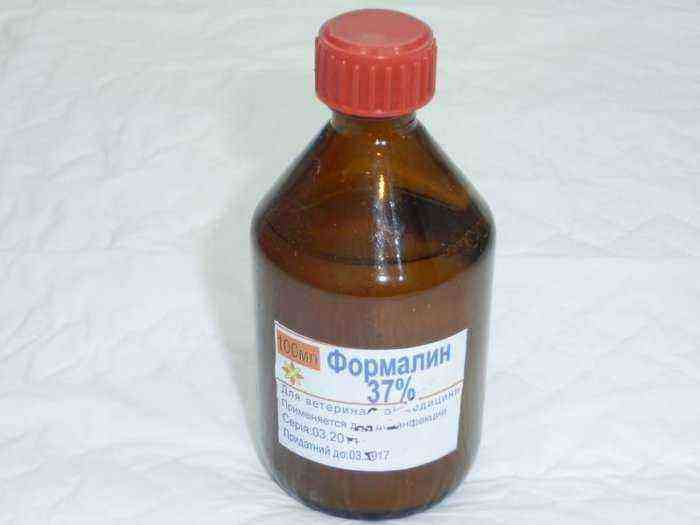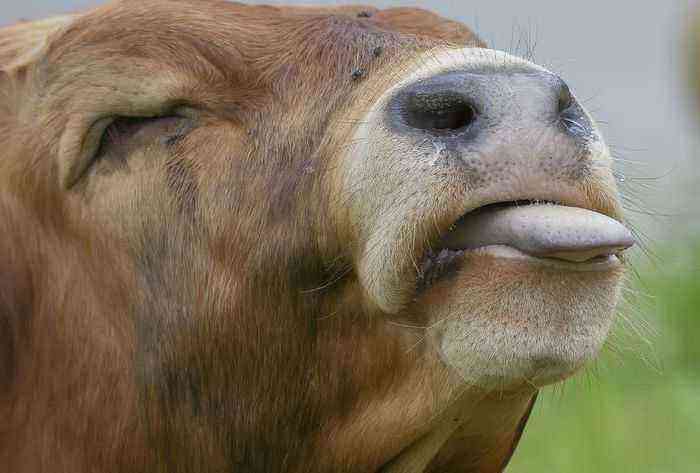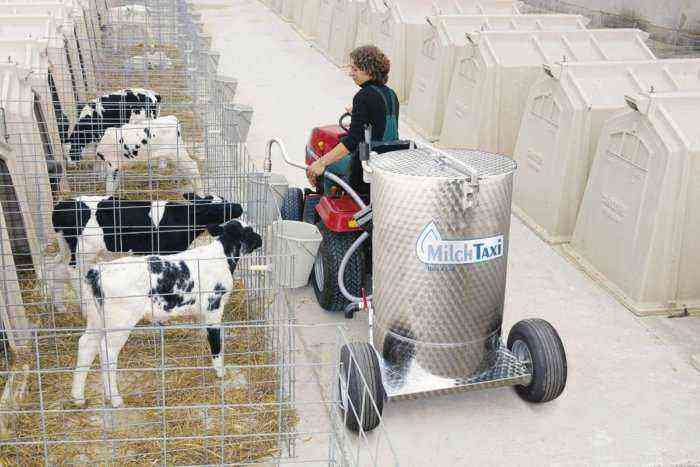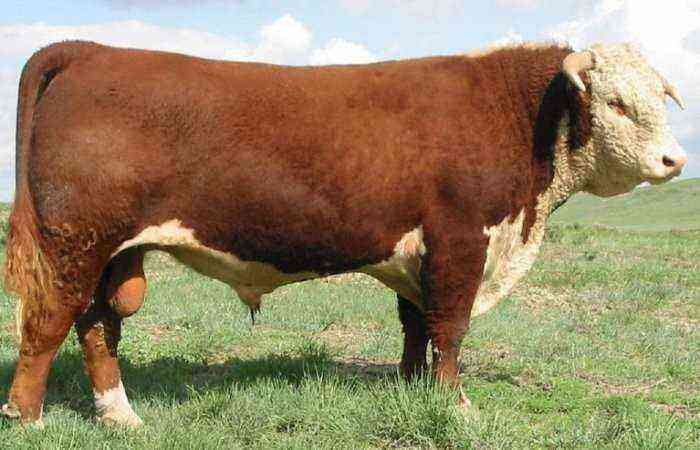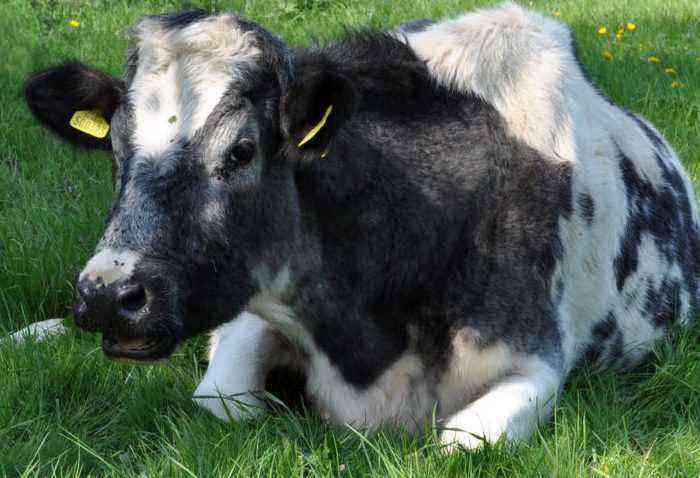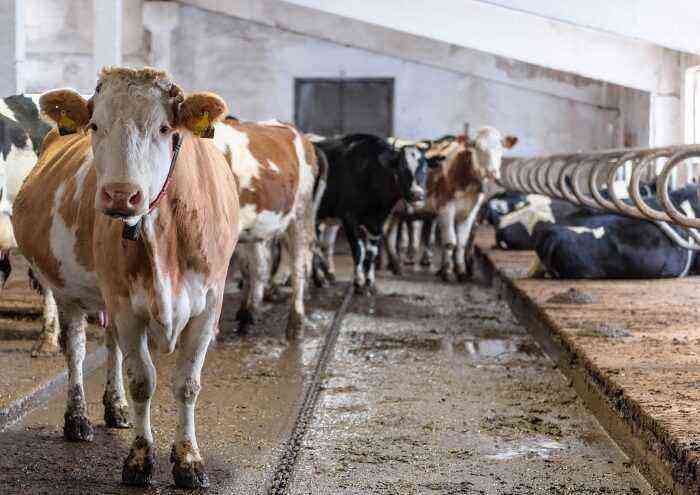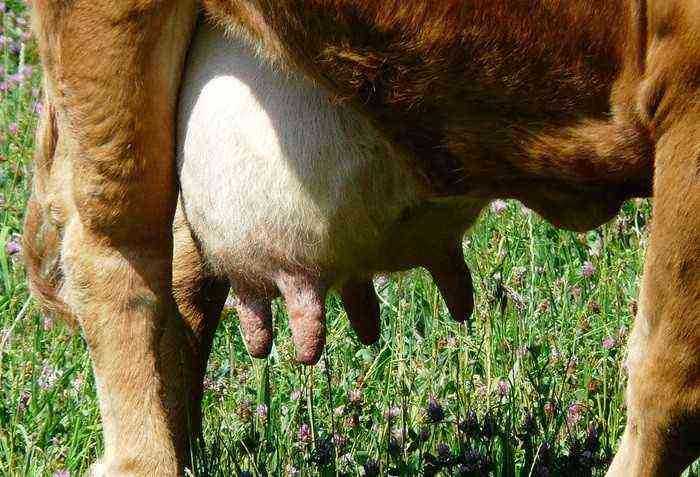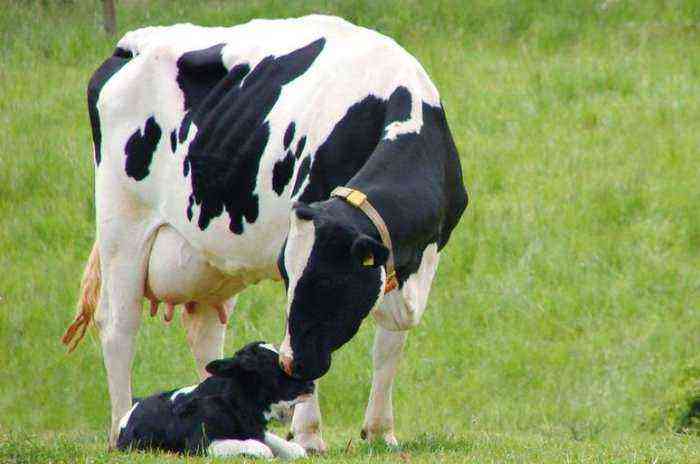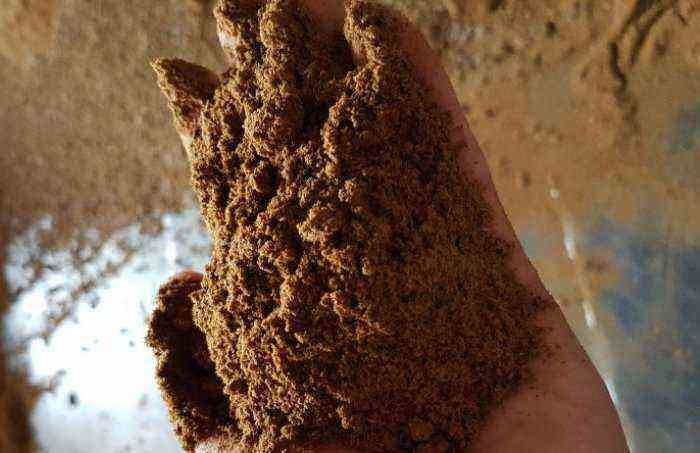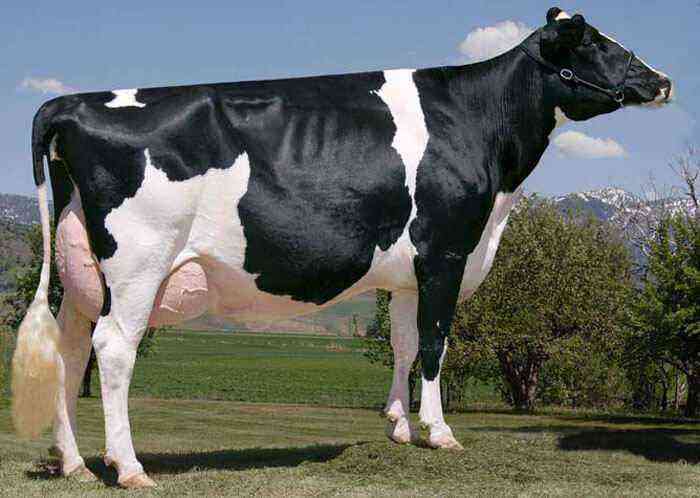In modern realities, more and more farms are heading for the automation of cattle care. And one of the areas of application of technologies in this area is the automation of milking cows. But since the scope of such equipment involves a large number of models and manufacturers, it is extremely important to determine which milking machine is better to choose.
Milking machine
Benefits of milking with a milking machine
Cattle milking with a milking machine is becoming more and more popular due to a number of advantages that distinguish it from manual milking. The main advantages of this process include:
- High hygiene. The container in which milk is collected in the milking machine is tightly closed. This prevents dust, dirt or animal hairs from getting inside.
- Increased milking speed. Compared to manual milking, the maintenance of cows in this format is much faster. Moreover, when using mobile milking machines, one person can bypass several animals in the shortest possible time.
- Comfort for livestock. During automatic milking, the device does not cause any inconvenience to the animal. This is facilitated by the special design of the glasses and the principle of operation of the device as a whole.
- Better milking of the animal. With manual milking, it often happens that the cow does not give all the milk. This can lead to the development of mastitis and other diseases of the udder. When using a milking machine, the milk is pumped out in full.
- Maintaining the health of staff. Regular milking of livestock by hand is fraught for milkmaids with diseases of the joints and roughening of the skin of the hands. By using specialized equipment, this type of problem can be avoided.
- Saving. The installation consumes a minimum amount of electricity. In addition, it does not require additional devices for operation, which means that such a device is advisable to use even in small farms.
It is also worth noting that some advantages of the equipment are manifested only for certain types of devices. So, mini-installations are highly mobile, which allows them to be easily transported from one cow to another. Large industrial options suggest the possibility of milking several individuals at once, which saves time even more.
But dimensions and functionality are not the only things that distinguish different models of milking machines. According to the type of engine, all the options presented are divided into dry and oil. And it is the knowledge of the features of work, the advantages and disadvantages of each type that will allow you to choose a milking machine that is most suitable for the needs of the farm.
Features of the dry milking machine
Dry vacuum pumps are installed in devices of this type. Their main feature is the presence of graphite blades. Such material wears out less during operation, but is much cheaper than the materials used in the construction of oil models, which is reflected in the final cost of the units.
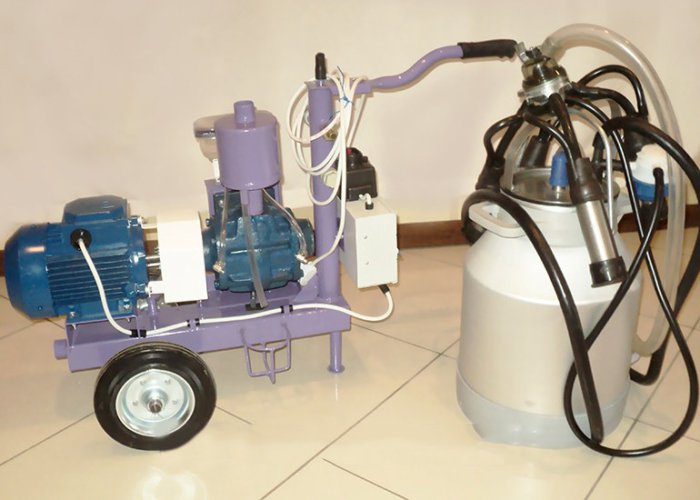
Dry milking machine
In addition, graphite is adversely affected by any moisture, so the unit must be stored and used in completely dry rooms, excluding any contact with liquid.
It is worth noting that the dry type of milking machines involves a fairly wide list of advantages:
- the most simple use and maintenance of the device;
- no emissions polluting the environment;
- light weight, providing high mobility of the unit;
- the ability to work in a wide temperature range;
- eliminating the risk of oil getting into milk.
But, in addition to a number of advantages, such installations also have a significant disadvantage. Their work is accompanied by a lot of noise. Therefore, in farms where livestock of “shy” breeds are bred, the use of such equipment can cause a decrease in animal productivity and a number of other problems.
Features of the oil milking machine
The oil type of milking equipment is equipped with a pump that works efficiently and reliably only if there is a certain amount of oil in the mechanism. Such devices provide the following benefits:
- low level of generated noise;
- the possibility of milking several animals at the same time;
- lower cost.
Important! The advantages of the installation include a long service life. Constant lubrication of the mechanism parts with oil reduces their wear.
As for the disadvantages of this technique, they include the following points:
- the impossibility of using the equipment in severe frosts;
- the need for constant replenishment of the oil level in the pump, as well as more thorough care of the apparatus;
- the presence of harmful emissions into the atmosphere that are produced during the processing of oil;
- risk of oil particles getting into the milk container in the event of a system malfunction.
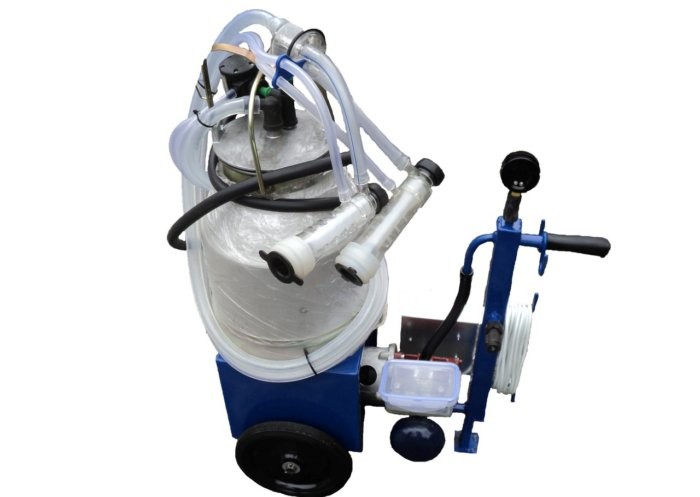
Oil milking machine
Which device is better
It is immediately worth noting that it is unlikely that it will be possible to unequivocally determine which of the presented options for milking equipment is better. It all depends on the requirements that the buyer imposes on the equipment. It is best to focus on the following points in the selection process:
- Number and composition of personnel. If there is only one milkmaid on the farm, it is better to purchase the dry version, as it is lighter and more mobile. If there are several employees, large oil equipment can also be used.
- Livestock size and time availability. If the farm contains a couple of dozen heads of cattle, then they can be quickly served with a dry installation. If the equipment is bought for a large industrial enterprise and a quick milking of cattle is required, it is better to purchase a model with an oil pump. It will allow you to serve several cows at the same time.
- Ease of use. If the owner of the equipment does not have time for constant care of the equipment, it is better to stop at the device with graphite blades. If performance still comes first, you will have to buy an oil-powered device.
- Duration of operation. When choosing a unit for a long period, it is better to pay attention to oil models. In them, the wear of mechanisms occurs much more slowly. Dry milking machines break down faster and are more sensitive to moisture, but they are also less expensive.
- The composition of the herd. Given the characteristics of some breed lines of livestock, quiet oil-powered equipment may be the best solution.
When buying high-quality milking equipment, these points must be taken into account. In addition, it is best to purchase any type of milking equipment in specialized organizations that can present a certificate of product quality and acquaint the buyer with all the intricacies of the device.
Thus, it is impossible to determine with complete certainty which of the milking machines is better. After all, any of the listed types of equipment is designed for specific conditions of use and involves its own number of advantages and disadvantages.
